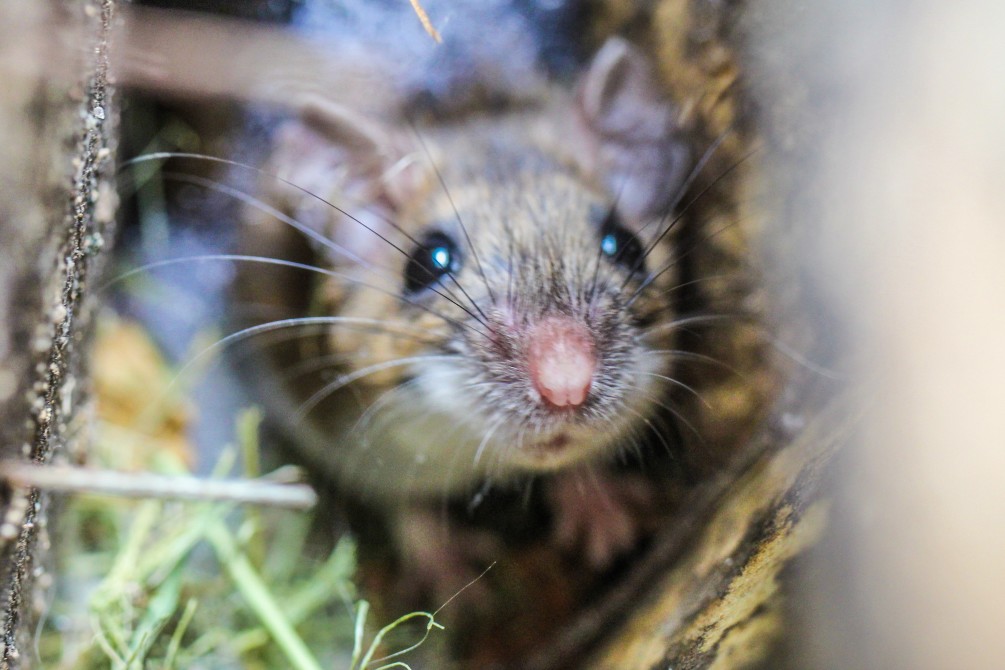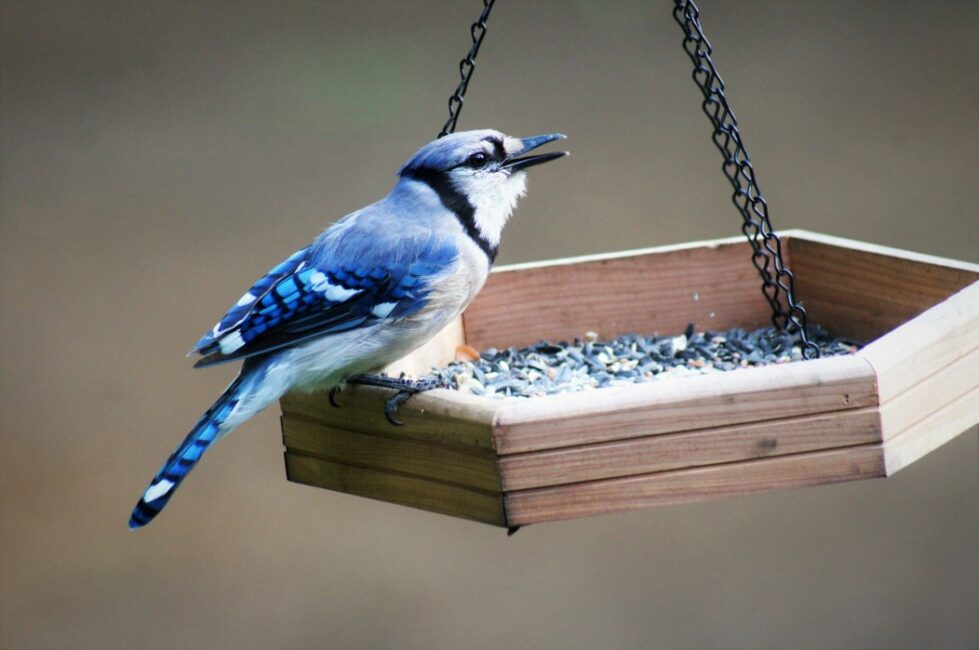How can we enjoy the birds while avoiding feeding squirrels or creating a mouse infestation?
We enjoy feeding the birds, however, the seeds fall to the ground and attract squirrels. Squirrels, mice, and rats can get into feeders, and forage for spilled seed and hulls on the ground. You may be unknowingly bringing mice into your home if you have a bird feeder in your yard. Many pest control specialists believe that bird feeders in your yard are a popular source of attraction for mice.
To keep mice out of your house, how far away from your house should bird feeders be placed?
To prevent any rodents from invading your home, keep your bird feeder as far away from your house as possible. Place it at the farthest corner of your yard. If you install the bird feeder closer than 20 yards from your house, you need to take extra precautions to ensure that mice and rats cannot get it.

How to Keep Mice Out of Bird Feeders
- It is impossible to entirely eradicate mice from any bird-friendly property due to their adaptability. However, making mice uncomfortable and discouraging them from sticking around is easier than many birders believe:
- Remove any ground-feeding locations or open platform feeders that mice can access. Instead, use protected hopper feeders or hanging tube feeders with wire or metal hangers that mice won’t be able to climb.
- Clean underneath feeding areas on a regular basis by sweeping up spilt seed and hulls or collecting the trash with a leaf vacuum. This will also aid in the cleanup of any contaminants in the area, ensuring the health of the birds.
- Choose feeders made of metal or recycled plastic that are sturdy, strong, and have rounded edges that mice will find difficult to chew. Squirrel-resistant feeders are frequently mouse-resistant as well.
- Feeders should be hung several feet off the ground using metal poles. Mice can easily scale wooden poles, but their claws will struggle to grip metal. Squirrel baffles are another deterrent to them approaching feeders.
- Clean bird feeders with a mild bleach solution on a regular basis to disinfect them and remove scents that rodents may find appealing.
- Keep the grass around the feeders well-trimmed to eliminate hiding places for mice. They are less inclined to stay close if they feel nervous.
- Trim overgrown shrubs, especially low branches, to ensure that there is no direct protection at ground level. Mice will be deprived of simple security as a result of this, but birds will still enjoy the rest of the plant.
- Remove bird feeders from the house, garage, shed, or any other potential mouse refuge. Mice are far less inclined to inspect structures if feeders can be moved at least 30 feet away.
- For natural rodent management, take steps to attract owls and other raptors to your property.
- To prevent mice from eating on food away from the feeders, store birdseed and other items for birds in tightly covered metal or strong plastic containers that they cannot puncture.
Signs of a mouse infestation at your bird feeder
Examine your bird feeder for chew marks or scratches. Visible droppings and urine are other important indicators that rodents have been there. Mice droppings are the easiest to spot and the first sign of a rodent infestation.
Signs of a mouse infestation in your home
Droppings, the smell of urine, and chewed wires, food bags or items in closets, garages, attics, or cupboards are all telltale signs of a mouse or rat infestation in your home. You might even hear them in the walls or attic or discover a nest.
For expert tips to get rid of mice in your home, read our article The Fastest Ways to Get Rid of Mice

